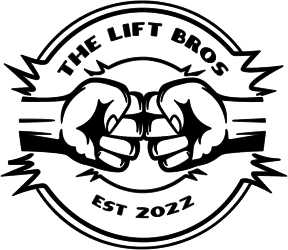The Hidden Costs of Renting a Scissor Lift – Why Buying is the Better Deal
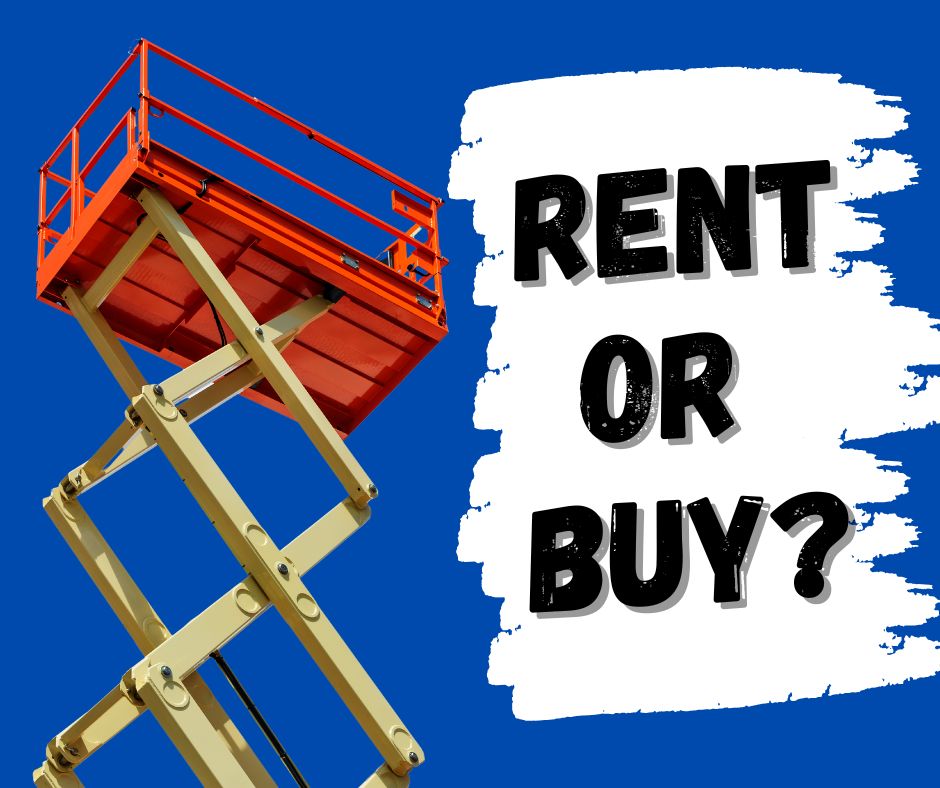
When it comes to safely and efficiently accessing elevated workspaces, scissor lifts are an essential piece of equipment. If you’re considering your options, you may be weighing the decision of renting a scissor lift versus purchasing one. While we don’t offer scissor lift rentals at The Lift Bros, we specialize in helping you find the perfect scissor lift to buy. In this post, we’ll explore the pros and cons of renting a scissor lift versus buying, using real-world pricing comparisons and showing you why purchasing a used lift from us could be the best choice for your business or personal use. Renting a Scissor Lift: The Cost Breakdown Let’s start by taking a look at the costs of renting a scissor lift. Renting is typically the go-to option for many businesses that only need a lift for a short-term project or for a specific task. For example, a well-known heavy equipment rental company charges the following for a 19’ Genie Scissor Lift: This cost covers the time you’re using the scissor lift, but it doesn’t take into account the long-term usage and the hidden fees that can add up quickly if you rent frequently. If your project timeline stretches longer than expected or if you need multiple lifts, these costs can quickly escalate. The Benefits of Buying a Used Scissor Lift While renting a scissor lift might seem appealing in the short term, buying a used one can offer substantial long-term benefits. Let’s take a deeper look at why purchasing a used scissor lift from The Lift Bros can make more sense, both financially and operationally. 1. Long-Term Savings and Value One of the main reasons businesses or individuals opt for buying a scissor lift is the long-term savings. For comparison, a used Genie 19’ scissor lift from The Lift Bros ranges from $4,250 to $8,500. This price difference depends on factors like the year of manufacture, whether the lift is refurbished, or the condition of parts. 2. Ownership Flexibility and Control When you buy a used scissor lift, you gain full ownership and control over the equipment. Unlike rental arrangements, there are no time constraints, hidden fees, or strict usage terms. You can use the lift whenever you need it, and you can count on it being ready when you are. 3. The Ability to Resell and Reclaim Value One of the key benefits of owning a scissor lift is that it’s an asset you can sell if you no longer need it. This is a huge advantage over renting, where you never get any return on your investment. 4. Full Warranty for Peace of Mind When buying a used lift from The Lift Bros, you can rest easy knowing that your investment is backed by a 30-day warranty. This warranty ensures that if there are any issues with the lift within the first 30 days, you are covered and can receive the support you need. 5. Reliable Quality at a Fraction of the Cost Buying a refurbished or used scissor lift doesn’t mean you’re compromising on quality. In fact, many used lifts, especially those that are refurbished, undergo rigorous inspections and repairs to ensure they meet high-quality standards. At The Lift Bros, we take pride in the condition of the lifts we sell. Buying vs Renting a Scissor Lift: Key Takeaways Here’s a quick breakdown of the pros and cons of renting versus buying a scissor lift: Conclusion: Buying vs. Renting a Scissor Lift While renting a scissor lift can be a viable option for short-term projects, buying a used lift from The Lift Bros offers a number of benefits that make it a smarter, more cost-effective solution for many businesses and individuals. You’ll enjoy long-term savings, ownership flexibility, and the ability to resell your lift if your needs change. Plus, our lifts come with free shipping within 50 miles of Chouteau, Oklahoma, and a 30-day warranty for peace of mind. At The Lift Bros, we are dedicated to providing high-quality, reliable lifts that suit your needs and budget. Whether you’re looking for a 19’ Genie scissor lift or another model, we have options to meet your requirements. Don’t hesitate to check out our shop page for more details on our selection of used lifts. Additionally, if you’re interested in seeing more about scissor lifts in action, be sure to visit our YouTube page for helpful tutorials, maintenance tips, and more!
How to Change Scissor Lift Batteries: An Easy Step-by-Step Guide
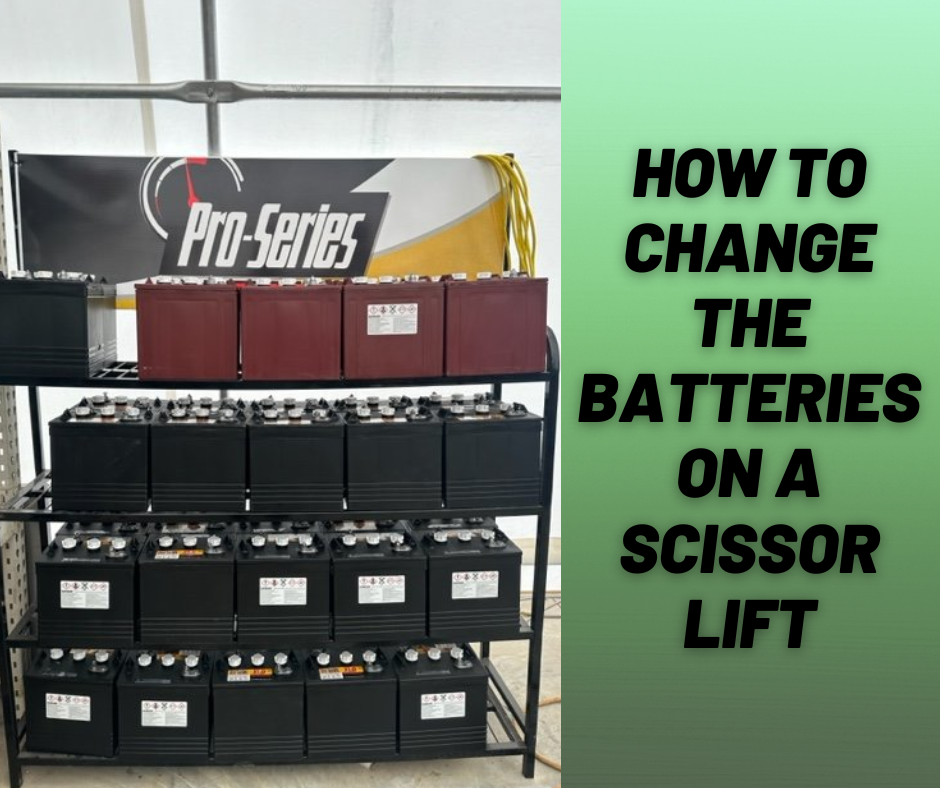
Overview of Scissor Lift Batteries Scissor lifts are powered by deep cycle batteries that provide hours of operational capacity.However, over time, scissor lift batteries wear out and need replacement to keep your lift runningefficiently. Follow these steps to safely change the batteries on a scissor lift and get back towork with minimal downtime. Tools and Equipment You’ll Need Before you begin, gather the necessary tools: 1. Ensure Safety First 2. Locate the Battery Compartment 3. Disconnect the Batteries 4. Remove the Old Batteries 5. Clean the Battery Compartment and Terminals 6. Install the New Batteries 7. Inspect Connections 8. Test the Lift 9. Dispose of Old Batteries Properly Pro Tips for Extending Battery Life 1. Regular Charging 2. Check Water Levels 3. Keep Terminals Clean Conclusion Changing scissor lift batteries is a straightforward process, but safety and proper handling arecritical. By following these steps, you can ensure smooth operation and extend the lifespan ofyour equipment.Need help choosing the right batteries or other maintenance supplies? The Lift Bros today forexpert advice and quality parts. Need to Purchase Batteries? We also sell new Pro Guide 6v Batteries for JLG, Genie, and Skyjack scissor lifts. Contact us at 918-476-0541 or Contact – The Lift Bros Inc. for more information! For a BREIF overview of batteries in a Genie GS-1930 you can check out this video on our YouTube channel!
10 Critical Safety Tips To Operate Scissor Lifts With Confidence And Security
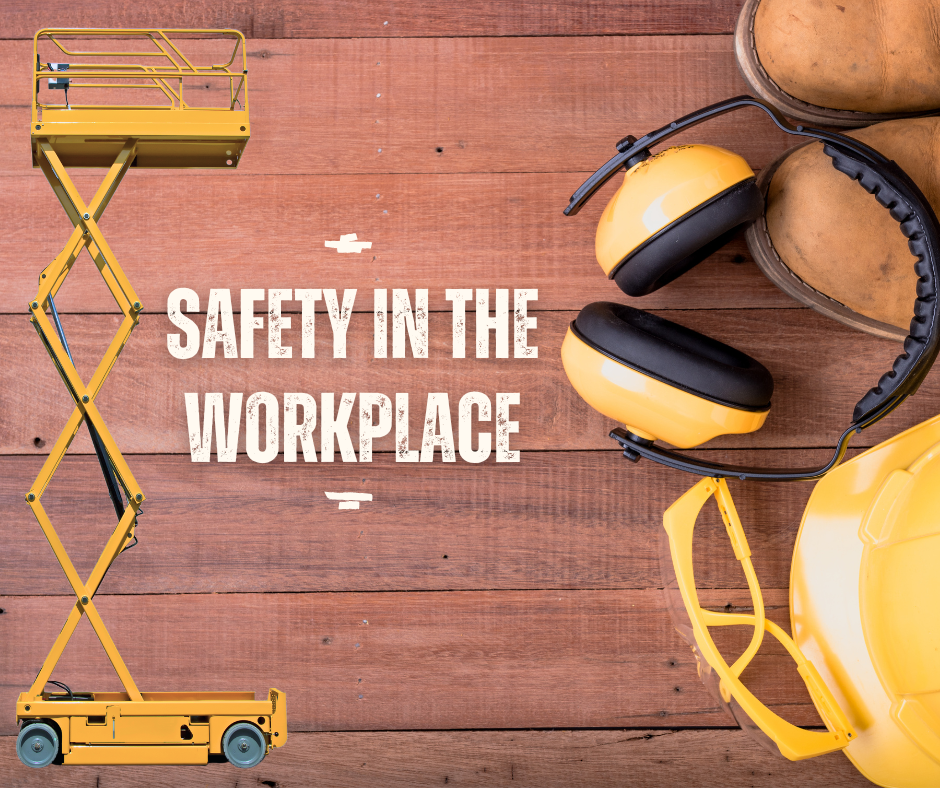
10 Essential Safety Tips for Operating a Scissor Lift Scissor lifts are vital tools for construction, maintenance, and industrial projects, providing a safeand efficient way to work at height. However, improper use can lead to serious accidents. Followthese essential safety tips to ensure safe scissor lift operations on your jobsite. 1. Inspect the Lift Before Use Before operating any scissor lift, conduct a thorough inspection. 2. Understand Weight and Height Limits Every scissor lift has limits on platform height and weight capacity. Always adhere to the specifications listed in your lift’s manual or data plate. 3. Wear the Right Safety Gear Personal protective equipment (PPE) helps mitigate injuries. 4. Stabilize the Lift Set up the lift on a level, stable surface. 5. Avoid Overreaching A common cause of accidents is workers leaning too far over the side of the platform. 6. Be Aware of Surroundings Collisions with other equipment or structures can lead to injuries or damage. 7. Be Aware of Surroundings Only trained and authorized workers should operate a scissor lift. 8. Use Guardrails Properly Guardrails are a primary fall prevention feature. 9. Monitor Weather Conditions Wind and rain can pose serious hazards. 10. Plan for Emergency Situations Be prepared to respond quickly if something goes wrong. Final Thoughts Scissor lifts are invaluable tools, but safety must always come first. By following theseguidelines, construction companies can reduce accidents, improve efficiency, and maintaincompliance with OSHA regulations.At The Lift Bros, we prioritize safety and quality. Contact us for advice on the best lifts for yourprojects and additional safety resources. Contact – The Lift Bros Inc. Subscribe now and join a community of professionals who are committed to staying safe, smart, and efficient in their work. The Lift Bros – Aerial Lifts – YouTube
Ditch The Risk: Why Scissor Lifts Are The Superior, Smarter Alternative To Ladders
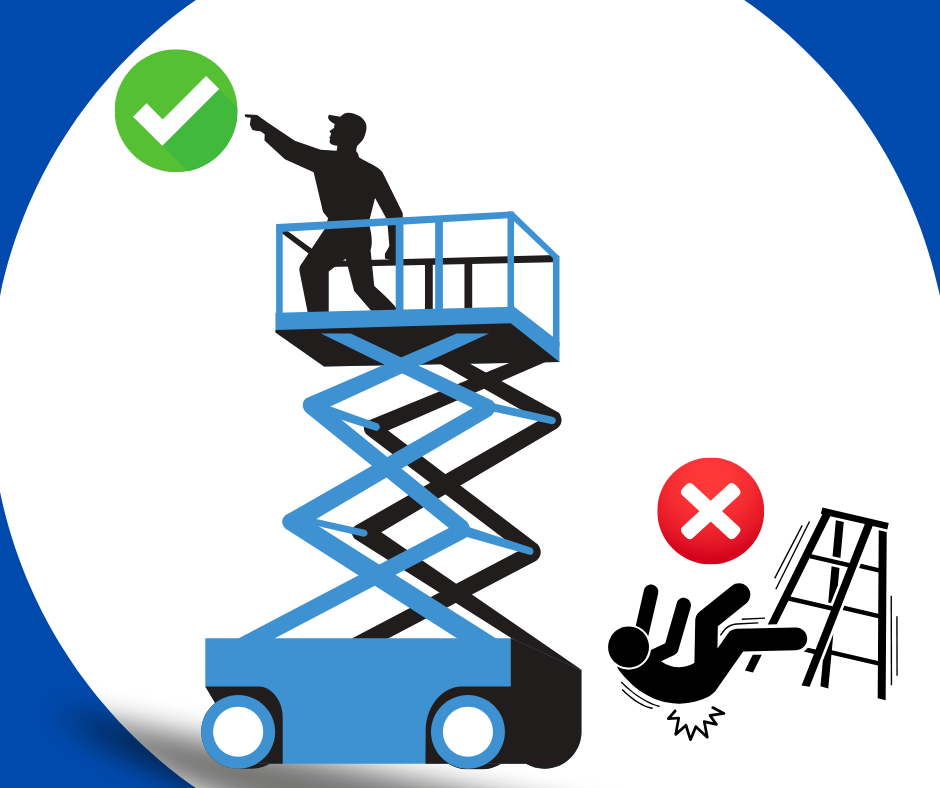
For decades, ladders have been a go-to tool for construction and building projects. But asworksites become more safety-conscious, many companies are rethinking their reliance onladders in favor of scissor lifts. Why? The answer lies in improved safety, efficiency, andversatility. Here’s why it’s time to leave your ladder behind. 1. Safety First: Ladders vs. Scissor Lifts Falls from ladders remain one of the most common workplace injuries. According to the NationalInstitute for Occupational Safety and Health (NIOSH): In contrast, scissor lifts offer a safer alternative: The Occupational Safety and Health Administration (OSHA) has strict guidelines for scissor liftuse, further minimizing risks when operated correctly. 2. Increased Efficiency on the Job Ladders limit what workers can accomplish at height. They require frequent repositioning, andworkers often have to climb up and down to retrieve tools or materials. With a scissor lift, crews can complete tasks in a fraction of the time, improving overallproductivity. 3. Versatility for Diverse Worksites Scissor lifts aren’t just safer—they’re also more versatile: 4. Cost-Effectiveness in the Long Run While ladders may seem cheaper upfront, scissor lifts provide better value over time: 5. Compliance and Liability OSHA requires employers provide a safe working environment, and improper ladder use oftenleads to compliance violations. Using scissor lifts instead of ladders can: Ready to Upgrade Your Jobsite Safety? Ditching your ladder for a scissor lift isn’t just about safety—it’s about efficiency, versatility, andlong-term savings. At The Lift Bros, we specialize in high-quality refurbished scissor lifts tailoredto construction and building projects. From compact models for indoor use to rugged roughterrain lifts, we have the right equipment for your needs. Contact us today to learn more and take the first step toward a safer, more productive worksite! Contact – The Lift Bros Inc. Final Thoughts Stay ahead of the curve by subscribing to our YouTube channel! Every month, we bring you fresh insights on different lift models, expert safety tips, essential maintenance advice, and much more. Whether you’re a seasoned pro or just starting out, our videos are designed to help you make informed decisions and keep your equipment in top condition. Don’t miss out on valuable content that could improve your workflow and enhance your safety on the job. Subscribe now and join a community of professionals who are committed to staying safe, smart, and efficient in their work. The Lift Bros – Aerial Lifts – YouTube
How to Choose the Right Rough Terrain Scissor Lift
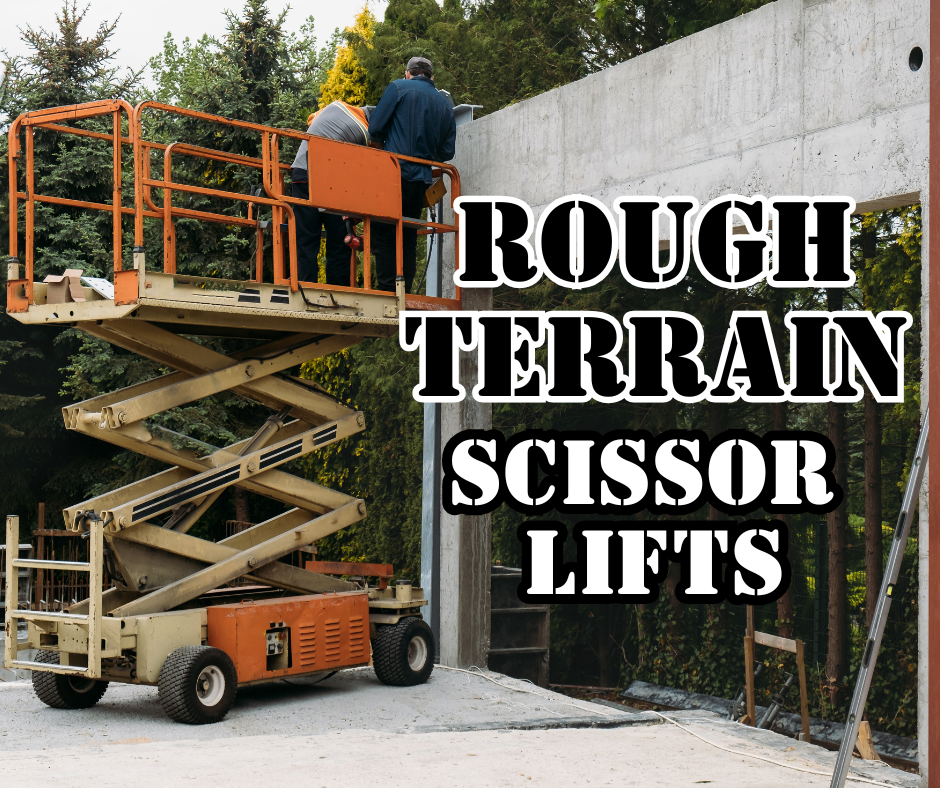
In the world of construction, having the right equipment can make or break a project. Rough terrain (RT) scissor lifts are essential for tackling outdoor jobs safely where uneven surfacesand challenging conditions are the norm. That being said, with so many options available, how do youchoose the perfect rough terrain lift for your needs? Here’s a guide to help you make an informeddecision. 1. Evaluate Your Worksite Conditions Every construction site is different. Before selecting an RT lift, consider the following factors: 2. Determine Your Height and Load Requirements The lift’s platform height and weight capacity are critical for ensuring efficiency and safety on thejob. 3. Understand Power Options Rough terrain lifts are available in diesel, dual-fuel, and electric-powered models. Choose onebased on your site’s needs: 4. Prioritize Safety Features Safety is paramount in construction. Look for RT lifts equipped with: 5. Work with a Trusted Supplier Partnering with a reliable supplier ensures you get a high-quality lift suited to your needs. At TheLift Bros, we specialize in repairing and selling used rough terrain scissor lifts like the Genie4390 RT, offering cost-effective solutions without compromising performance.Our team understands the demands of the construction industry and can guide you throughselecting the right equipment for your projects. With updated delivery policies and expertservice, we’re here to help your business succeed. Check out our available inventory to see what works for you: Available Inventory – The Lift Bros Inc. Final Thoughts Choosing the right rough terrain scissor lift involves evaluating your site’s unique needs,understanding technical specifications, and prioritizing safety. By making informed decisions,you can enhance productivity and keep your team safe on the job.Ready to find your next RT lift? Contact us today to explore our inventory and get helpful advicetailored to your construction projects. Explore our YouTube page for tips and updates: The Lift Bros – Aerial Lifts – YouTube
Unlock Maximum Performance: Why Regular Maintenance is the Key to a Long-Lasting Scissor Lift
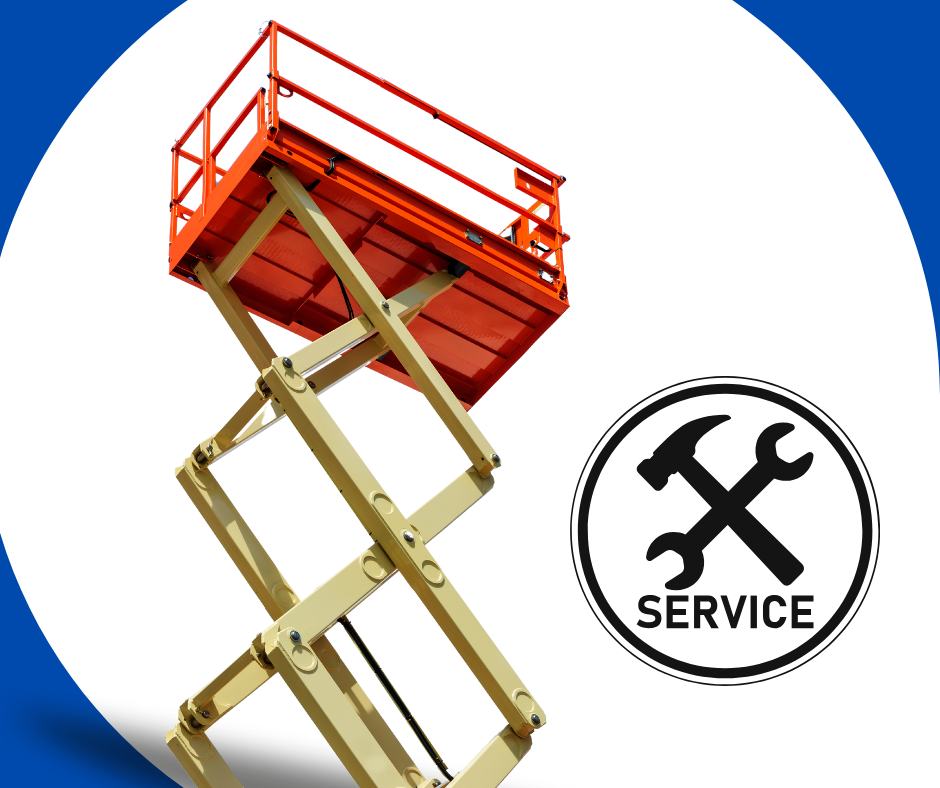
Scissor lifts are essential tools for many industries, providing safe, elevated access to difficult-to-reach areas. To ensure these machines perform reliably and have a long service life, regular maintenance and care are key. Proper upkeep not only maximizes the lifespan of your scissor lift but also ensures the safety of operators. In this blog, we’ll outline the essential steps for maintaining your scissor lift and keeping it in optimal working condition. 1. Perform Daily Inspections One of the easiest yet most important steps in maintaining a scissor lift is conducting daily inspections. Before every use, operators should check the following: A quick daily inspection can help identify minor issues before they turn into bigger, more expensive repairs. 2. Keep the Lift Clean Keeping your scissor lift clean is essential for preventing debris, dust, and dirt from damaging mechanical and electrical components. Pay particular attention to: A regular cleaning routine will help preserve your scissor lift’s functionality and appearance. 3. Lubricate Moving Parts Lubrication is critical for the smooth operation of the scissor lift’s moving parts. Regularly apply lubricant to the following areas: Check your owner’s manual for recommended lubricants and intervals for applying them. Well-lubricated parts help reduce wear and tear, extending the overall lifespan of your equipment. 4. Check Battery Health If your scissor lift is electric, maintaining the battery is essential to keeping it running efficiently. Follow these steps: Regular battery maintenance ensures your scissor lift operates for longer periods between charges, saving you time on the job. 5. Monitor Hydraulic Systems The hydraulic system is at the heart of the scissor lift’s operation. To maintain it properly: Proper hydraulic maintenance ensures that your scissor lift operates smoothly and safely at all times. 6. Inspect Tires and Wheels Whether your lift has solid or pneumatic tires, regular tire maintenance is essential for mobility and safety: Good tire maintenance helps extend the life of your scissor lift and ensures safe, reliable operation on different job sites. 7. Follow the Manufacturer’s Maintenance Schedule In addition to daily and routine inspections, it’s important to follow the manufacturer’s recommended maintenance schedule. This typically includes more in-depth inspections and servicing, such as: Following the manufacturer’s guidelines ensures that the lift is maintained in line with its specific needs, keeping it in peak operating condition. 8. Store Properly When Not in Use How you store your scissor lift when it’s not in use also plays a role in its longevity: Proper storage minimizes wear and tear during downtime and ensures your lift is ready to go when needed. Our sister company, Covermore Shelters, has a variety of PVC fabric buildings and shelters that can help keep your equipment out from the elements. Check out their website here: Shop | Covermore Buildings Conclusion Maintaining your scissor lift is essential to ensure safe and reliable operation over the long term. By following these simple care and maintenance steps, you can extend the life of your equipment, prevent costly repairs, and, most importantly, keep your job sites safe. At The Lift Bros, we not only sell quality used scissor lifts, but we also provide maintenance services to help keep your machines in top working order. Contact us today for more information! See our product samples here: Product Samples – The Lift Bros Inc.
Skyjack SJIII 3219 vs. Genie GS-1930: Which Scissor Lift Reigns Supreme? Key Differences & Similarities You Need to Know!
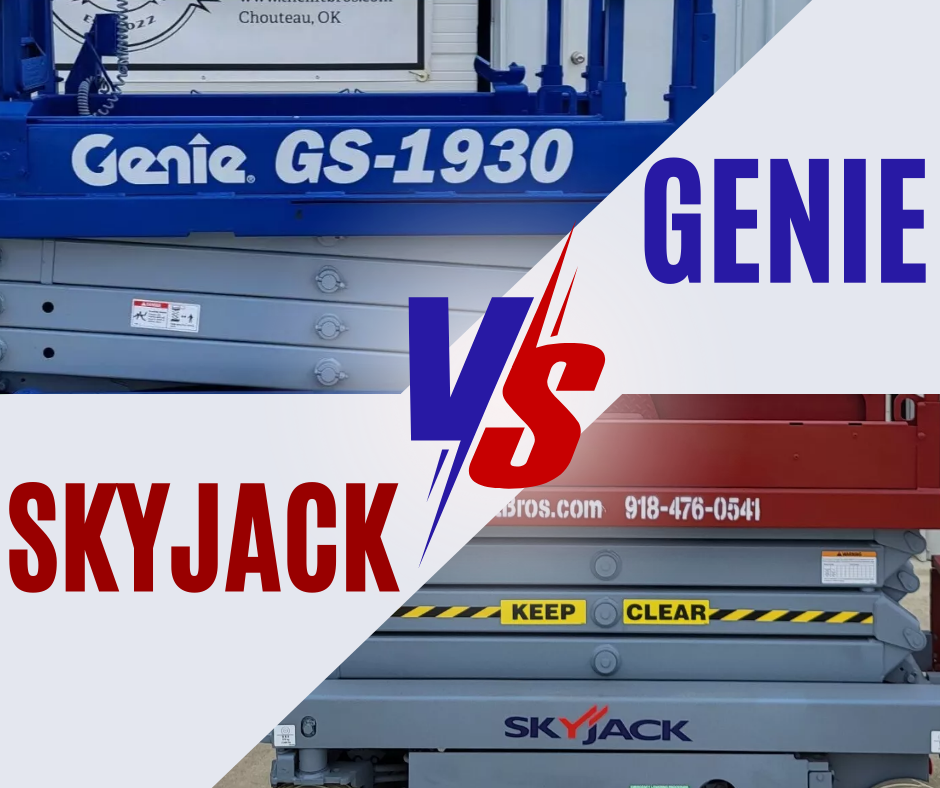
Skyjack vs. Genie Scissor Lifts If you’re in the market for a reliable scissor lift, two popular models are the Skyjack SJIII 3219 and the Genie GS-1930. Both machines are widely used in the industry and offer excellent performance, but there are key differences and similarities that make each one unique. In this blog, we’ll dive into the features that set them apart and highlight their common qualities, so you can decide which is the best fit for your needs. Key Features of Skyjack SJIII 3219 Skyjack is well-known for producing durable, no-nonsense lifts. The SJIII 3219’s straightforward design is easy to maintain, and it’s a favorite for jobs in both construction and facility maintenance. Its wide platform is perfect for narrow spaces while still offering a higher lift capacity than some competitors in its class. Key Features of Genie GS-1930 The Genie GS-1930 is praised for its maneuverability in tight spaces. Genie’s Smart Link control system makes operation smoother, offering precise movements and a user-friendly interface. This lift also has a robust drive system, making it ideal for job sites where performance and reliability are key. Differences Between Skyjack SJIII 3219 and Genie GS-1930 Similarities Between Skyjack SJIII 3219 and Genie GS-1930 Conclusion Both the Skyjack SJIII 3219 and the Genie GS-1930 are excellent choices when it comes to scissor lifts. While the Skyjack edges out with a higher lift capacity and a simpler drive system, the Genie offers better maneuverability and a more advanced control system. The final decision between the two largely depends on your specific job site needs. Whether you prioritize capacity, maneuverability, or maintenance simplicity, these lifts offer reliable performance for years to come. Check out our available Genies and Skyjacks here: Available Inventory – The Lift Bros Inc. Curious about refurbished Skyjacks? See all photos and info on our eBay page: Skyjack SJIII 3219 19 ft. Scissor Lift Electric Aerial Manlift Genie JLG | eBay
Reviving Performance: The Step-by-Step Process of Refurbishing Scissor Lifts
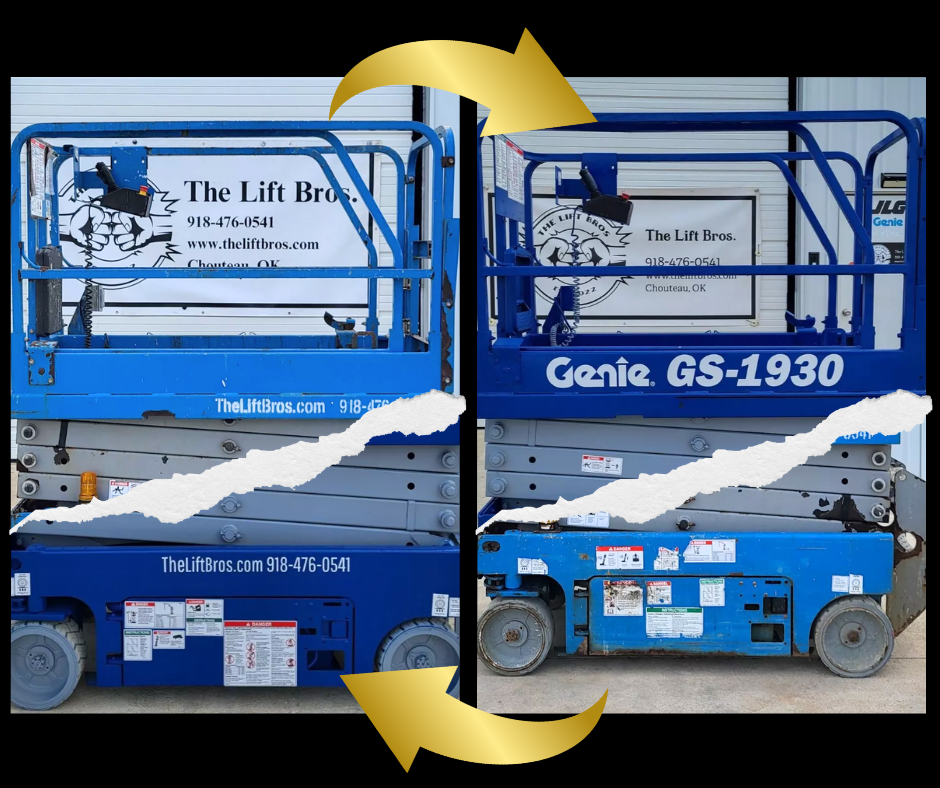
Process and Procedure of Refurbishing Scissor Lifts In the world of aerial work platforms, scissor lifts are essential equipment for safely lifting personnel and materials to higher elevations. Over time, however, the heavy usage and environmental factors take a toll on these machines. To extend their service life and restore them to peak performance, our team specializes in refurbishing scissor lifts, bringing them back to like-new condition. Here’s an inside look at our thorough process: 1. Initial Inspection and Assessment Before any work begins, we start with a complete inspection of the scissor lift. This step is crucial to identify the areas that need attention—whether it’s surface wear, mechanical components, or electrical systems. We create a detailed report that outlines the scope of refurbishing work needed. 2. Removal of Old Decals All old decals and labels, many of which may have become faded or worn, are carefully removed. Safety and operational labels are a critical part of any lift, so this step ensures that new, clear, and compliant decals can be applied later on. 3. Sanding and Surface Preparation Once we’ve documented the lift’s condition, we begin the refurbishing process by sanding down the lift. This step is important to remove rust, chipped paint, and any other imperfections. A clean and smooth surface ensures that the next stages of the refurbishing process—such as painting and applying decals—adhere properly and last longer. 4. Mechanical Inspection & Repair During this step, all mechanical components of the scissor lift are thoroughly inspected. Any worn, damaged, or faulty parts are either repaired or replaced to ensure optimal performance. This includes checking the lift’s drive system, hydraulic components, steering mechanisms, and other key mechanical systems. The goal is to restore the lift to a like-new working condition, ensuring safety and reliability for its next use. 5. Priming and Painting Next, the lift is primed to protect it from rust and corrosion. Priming also enhances the adhesion of the paint. After the primer is applied, we use high-quality industrial paint to give the scissor lift a fresh, durable finish. This step not only improves aesthetics but also extends the longevity of the machine by adding a layer of protection. 6. Installing New Decals After the paint has dried, we install new decals. These include operational instructions, safety labels, and any company-specific branding. Clear and accurate labeling is essential for both safety compliance and ensuring operators know how to use the equipment properly. 7. New Tires and Batteries To further enhance the performance and reliability of the refurbished scissor lift, we replace the tires and batteries. New tires ensure the lift moves smoothly and safely across various job sites, while fresh batteries provide the necessary power to operate the lift efficiently. 8. Final Inspection and Testing Before we consider the refurbishing process complete, we conduct a final round of inspections and testing. We check everything from the hydraulic system to the lift’s mobility and safety features to ensure it operates like new. Once the lift passes all tests, it’s ready for service again. For more details, be sure to check out our Genie 1930 Refurbished Scissor Lifts on eBay by clicking the link below. 👉 Genie 1930 Refurbished Scissor Lifts on eBay You can also check out our other refurbished models here on our products page: Available Inventory – The Lift Bros Inc. If you have any questions or need more information, don’t hesitate to reach out. We’re here to help!


